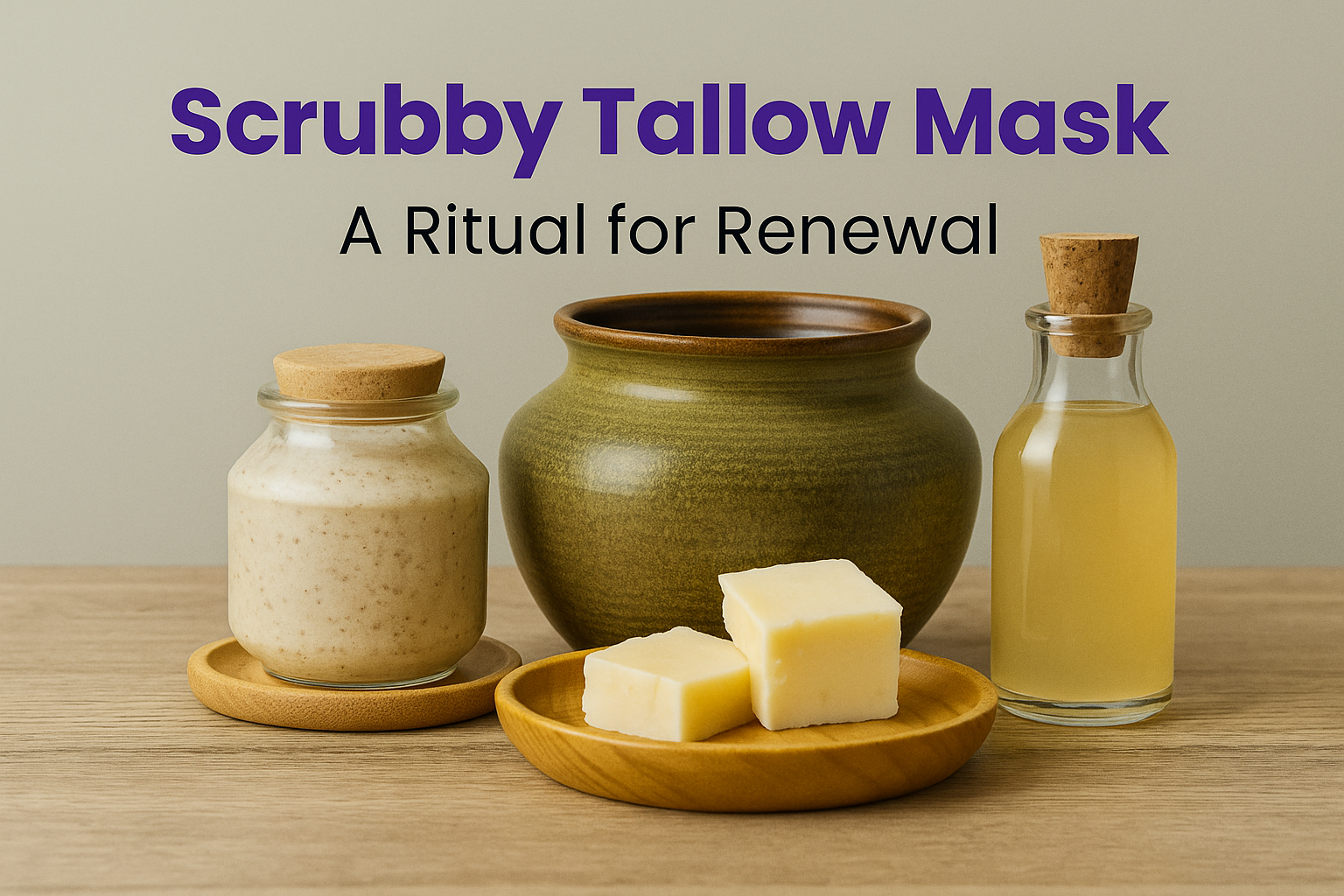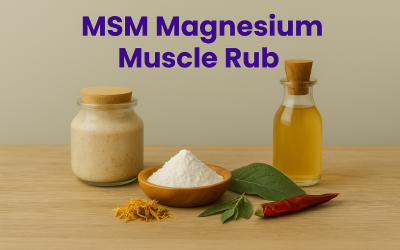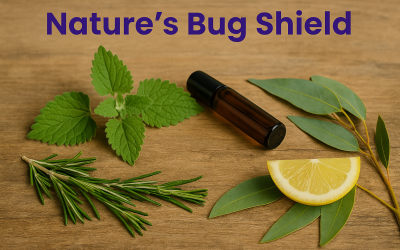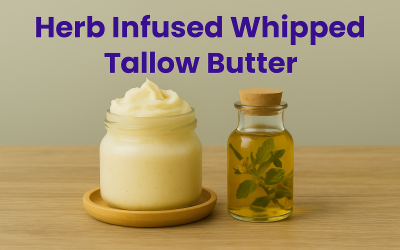A Ritual for Renewal
Cece’s Scrubby Tallow Mask was born from a desire to offer deep, holistic skin support in one single, simplified step. This is more than a product—it’s a moment to reconnect with your skin through touch, texture, and the therapeutic power of ancestral ingredients.
Unlike harsh exfoliants that strip and dry, this mask uses grass-fed tallow, mineral-rich salt, and wildflower honey to gently draw out impurities while feeding the skin with vital nutrients. Whether you’re dealing with buildup, dryness, or a dull complexion, this ritual supports your skin’s natural renewal process.
Why Tallow Works
Tallow’s reputation in skincare isn’t new—it’s a time-tested ingredient once cherished across cultures. Rich in bioavailable lipids and nearly identical to our own skin sebum, grass-fed tallow deeply nourishes and supports barrier function without clogging pores.
Modern science backs it up. A recent review highlights how tallow’s fatty acid profile enhances absorption and hydration.
🔗 Read the study
Gentle Exfoliation with Salt & Clay
The addition of Dead Sea salt offers trace minerals and a fine-grain polish that lifts away dullness, while bentonite clay draws out congestion and excess oil. It’s a detox without the drama—leaving your skin supple, not stripped.
Honey, Naturally Healing
The honey in this mask isn’t just sweet—it’s functional. Raw wildflower honey delivers enzymes and antimicrobials that support the skin’s healing process while adding a soft dewy glow.
Cece’s Ritual Tip
After cleansing, apply a nickel-sized amount to damp skin. Massage in gentle circles, allowing the salt to exfoliate. Let sit for 2–5 minutes like a mask. Rinse with warm water and pat dry. Follow with our Whipped Tallow Butter for maximum hydration.
Evidence & Insights
Honey has long been recognized for its antimicrobial and wound-healing properties.
🔗 See PubMed study on honey in dermatology
Similarly, Dead Sea salt has been studied for its benefits in improving skin hydration and reducing inflammation, particularly in conditions like eczema.
🔗 Journal of Dermatology research








0 Comments